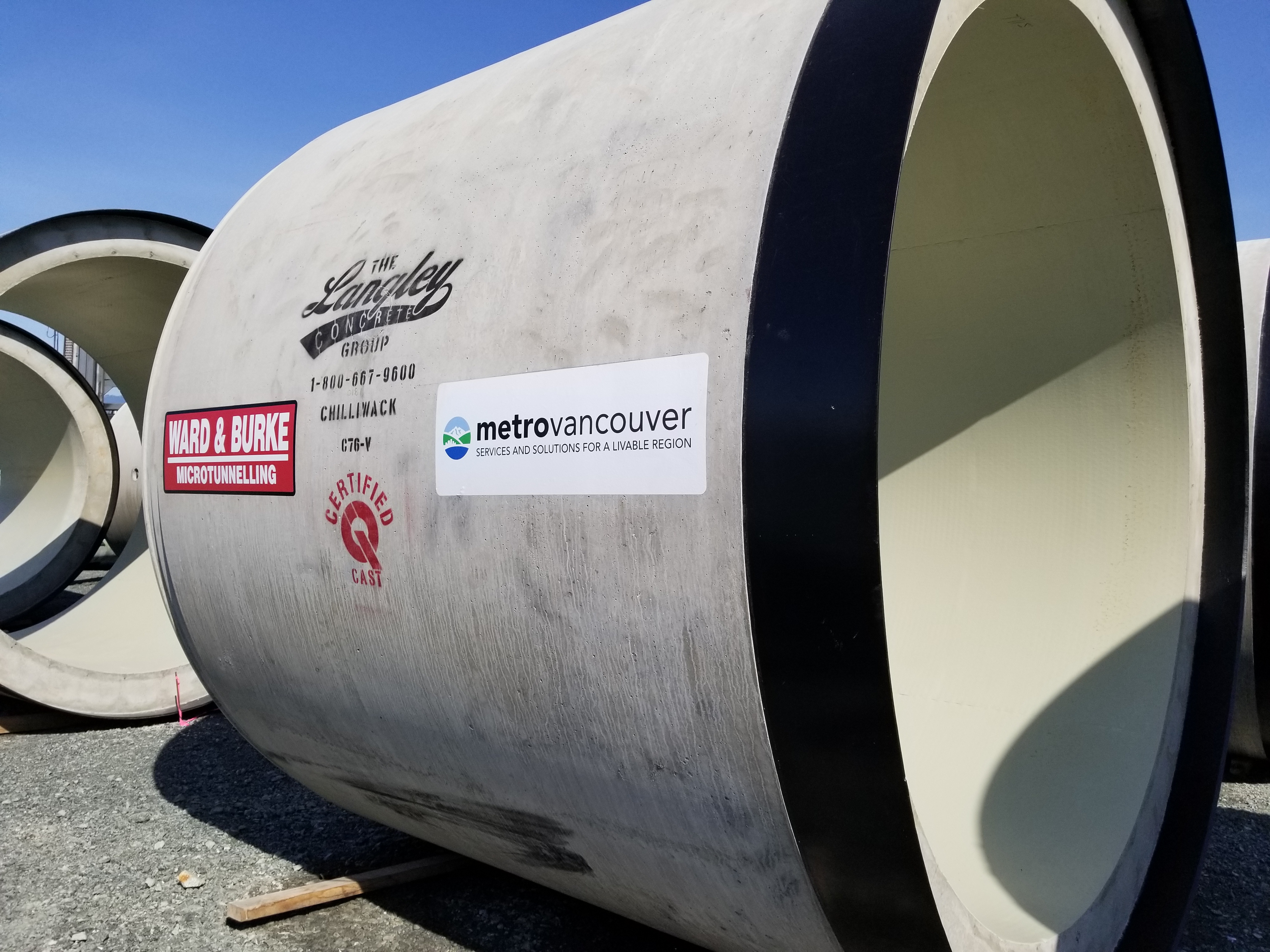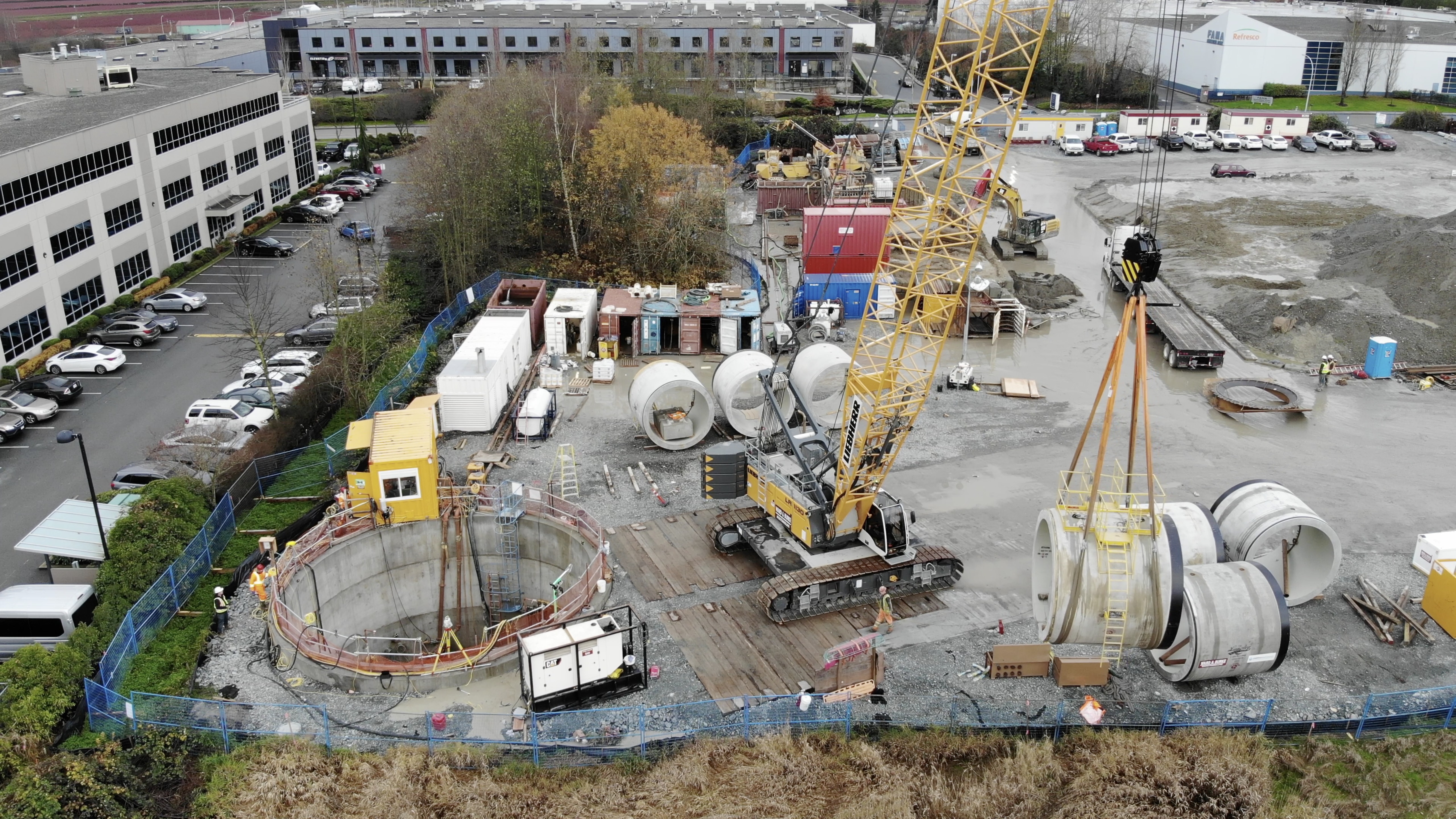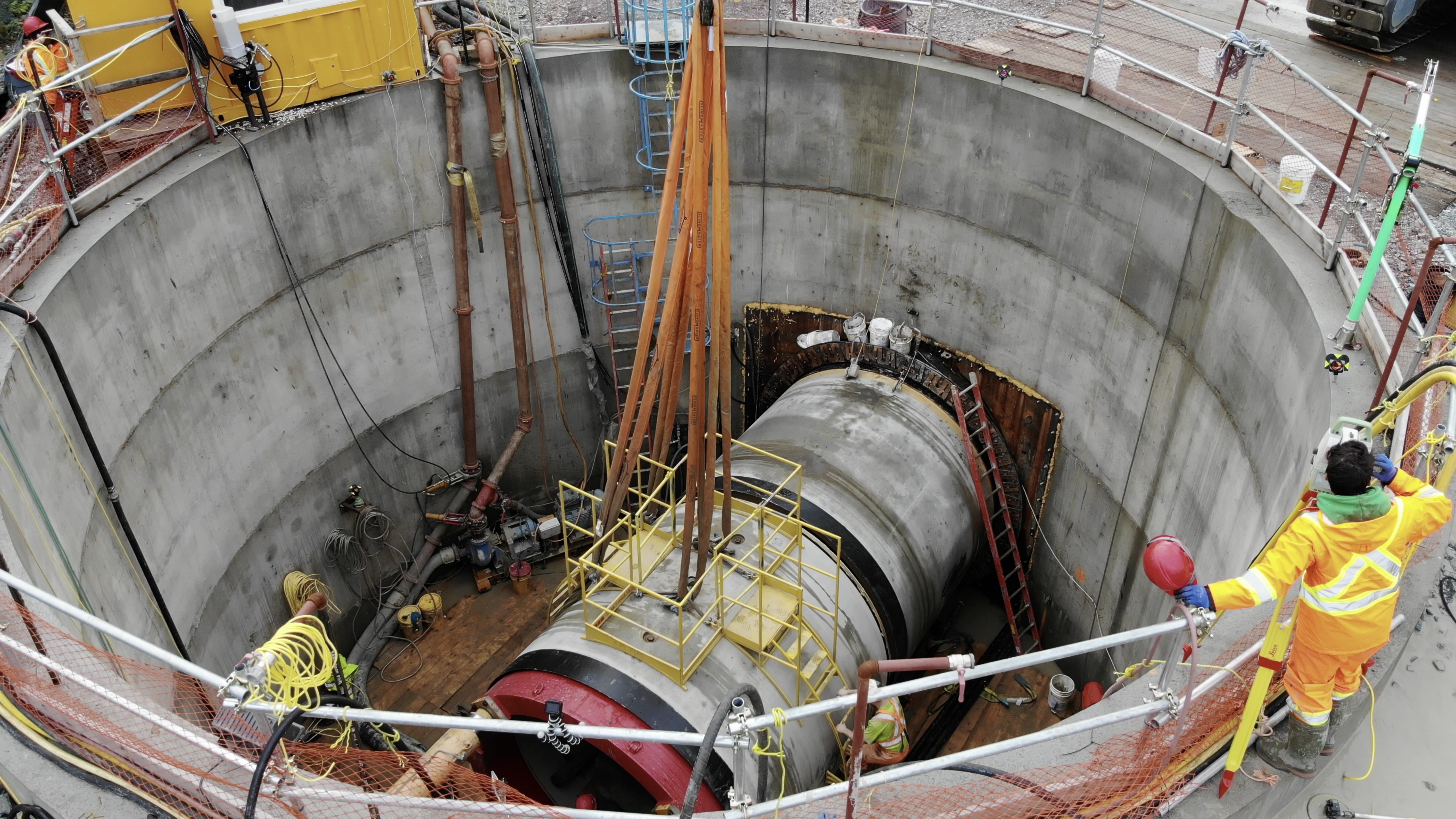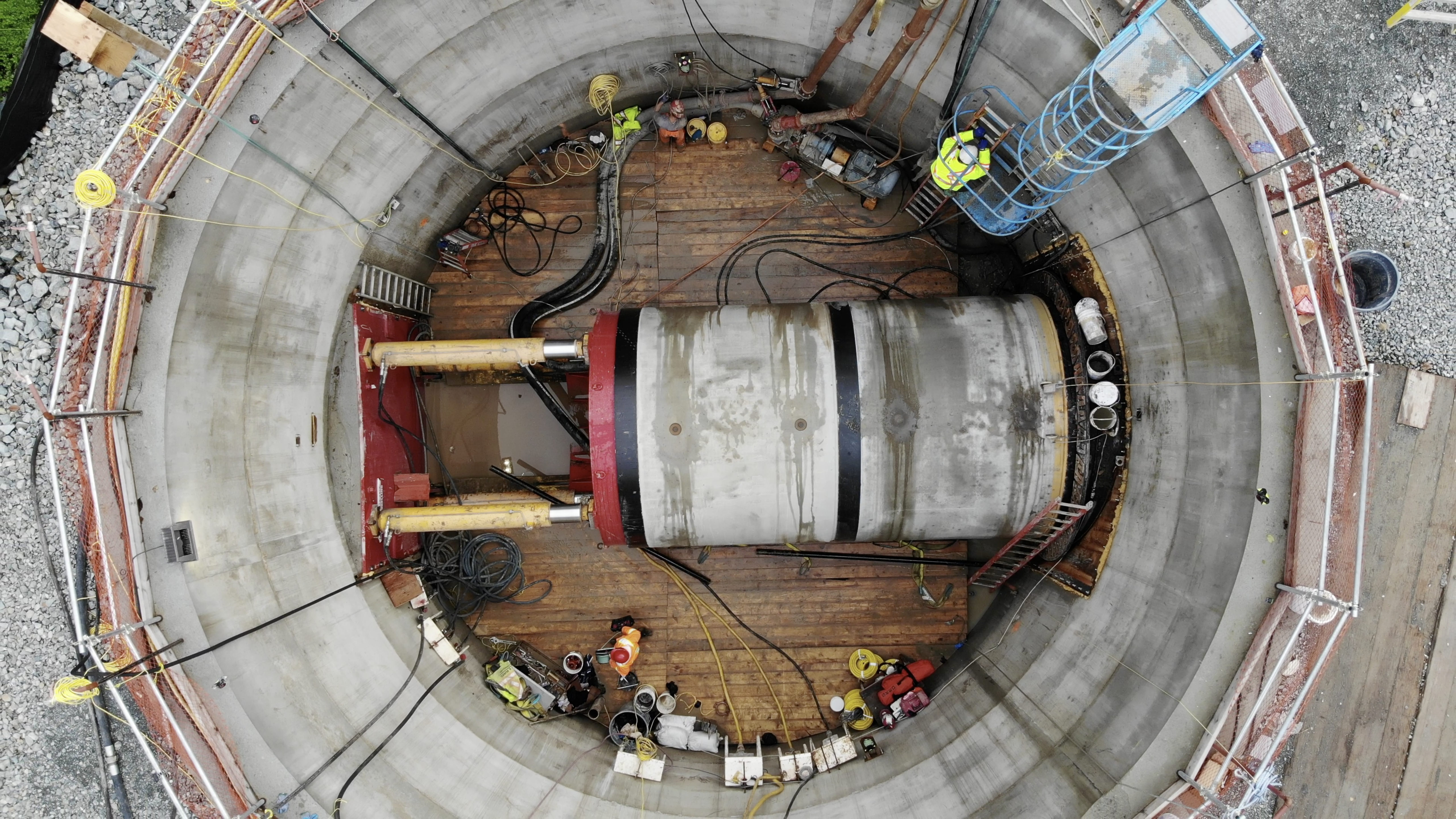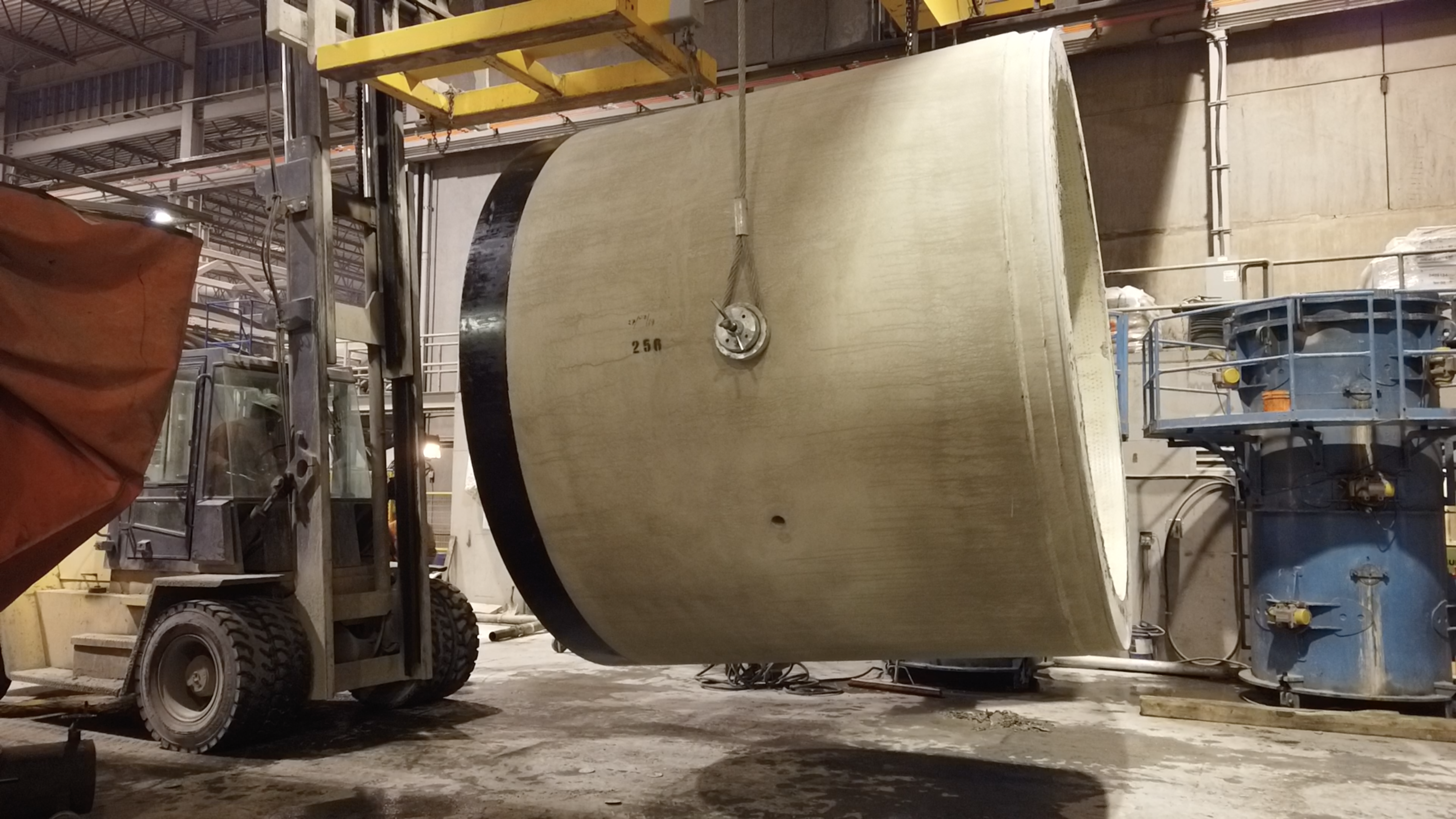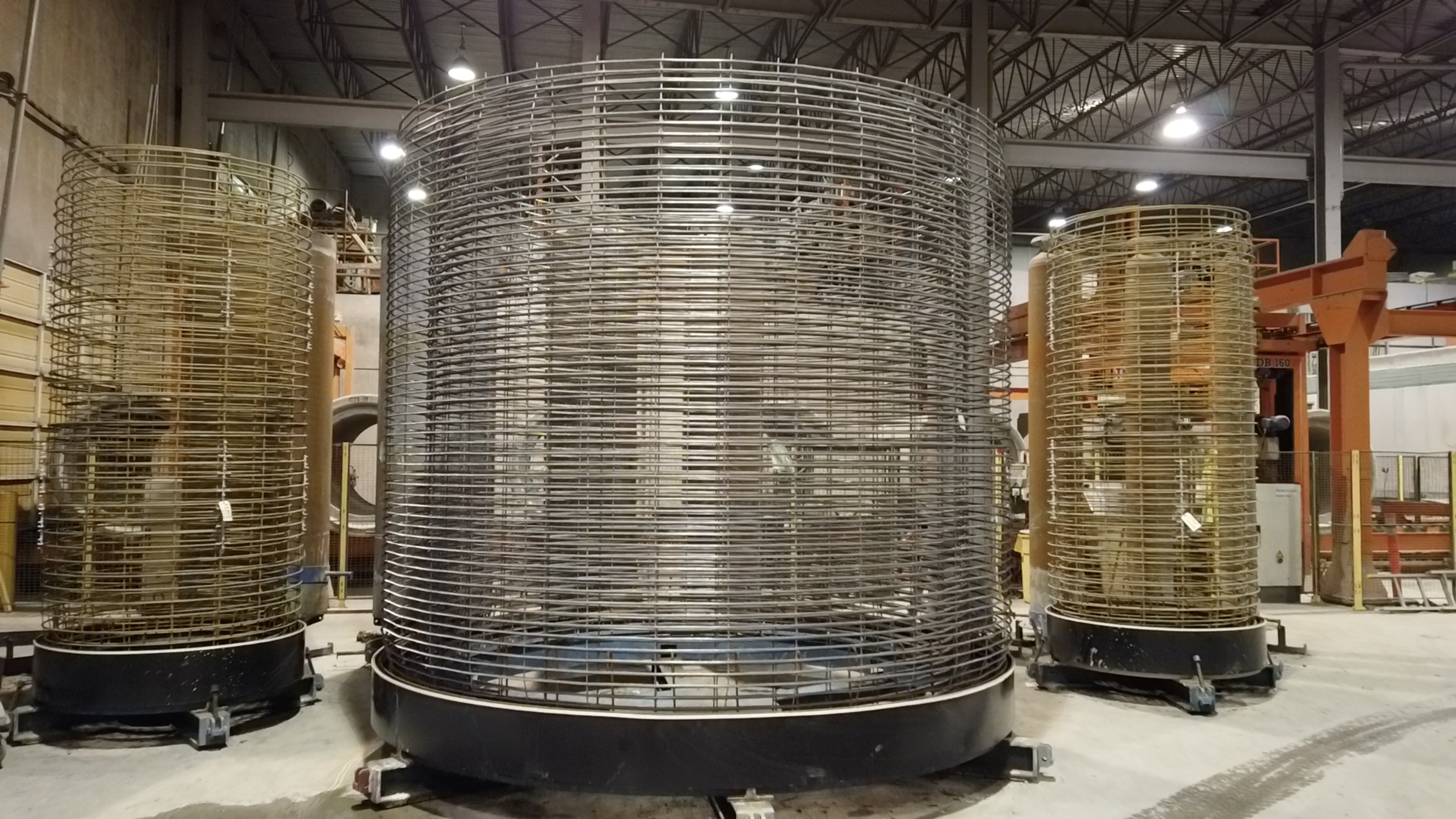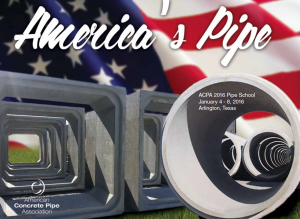Pipeline upgrades often present challenges for growing cities, where communities develop over underground infrastructure. Such was the case in Vancouver, B.C., where additional sewer capacity was needed to meet the needs of the expanding population. In critical sections of the pipeline construction, the solution came in the form of trenchless tunneling with large-diameter Reinforced Concrete Pipe (RCP) – minimizing disruption to the community, traffic and area businesses.
Metro Vancouver Regional District (Metro Vancouver) determined that a twinning pipeline — an additional pipe running parallel to the existing South Surrey Interceptor — was necessary. The original South Surrey Interceptor was a box sewer constructed in the 1970s. The new line was designed to accommodate growth south of the Fraser River and enhance environmental protection in the region. When complete, the South Surrey Interceptor will collect sewage from the South Surrey and Langley areas for treatment at the Annacis Wastewater Treatment Plant.
Initial construction of the multi-phase project began in 1999 with a 1.24-mile (2-km) section of pile supported 2400mm lined concrete pipe and progressed over the next 20 years utilizing many kilometers of pipe in various installation methods. Phase 1 of the Johnston Road Section, one of the final stages of the project and an open-cut section, was completed in December 2018. Construction of the Johnston Road Phase 2 Section began in June 2018, marking the project’s final stages and completing many years of work and many different installations over the past 20 years. Significant challenges have included tunneling underneath busy city streets and business parks.
While other methods have been used to place the South Surrey Interceptor at its various stages, trenchless construction with RCP was the ideal solution at the Phase 2 Johnston Road section. The original Phase 2 design included two short tunnel segments totaling approximately 1,300 feet (400 m) and two open-cut sections. However, the open-cut sections were planned near the major intersection of 152ndStreet and British Columbia Highway 10 as well as the Benchmark Business Centre.
The contractor, Ward & Burke, recommended microtunneling as a value-added option, allowing construction to progress underground without closing a major intersection or disrupting businesses within the area. The new design called for the addition of only one caisson shaft — a watertight concrete enclosure where pipe segments can be lowered and connected — and resulted in a total of four shafts overall.
Large-diameter RCP demonstrated its strength and ability to meet the requirements for the project, which is Canada’s largest-diameter microtunneling project and possibly the largest in North America.
“A 10-foot (3-meter) inside diameter ASTM Class V equivalent RCP allowed safe microtunneling for the South Surrey Interceptor project,” says Brent Schofield, Technical Marketing, Langley Concrete Group. “This diameter is the largest pipe ever installed by Metro Vancouver to date. No other product of that diameter provided that option, which was requested by the contractor and Metro Vancouver.”
During microtunneling, the pipes are lowered into the access shaft and placed in a continuous chain behind the tunnel boring machine (TBM) as it moves forward through the ground. Hydraulic jacks push the pipe behind the TBM as the machine excavates soil using water under pressure and cutting teeth.
For Johnston Road Phase 2, Langley Concrete Group was contracted by Ward & Burke to produce more than 2,600 feet (810 m) of RCP with an HDPE liner for sewer use. Located in Chilliwack, B.C., the Langley plant is one hour from the project site, providing a local source for ease of logistics and costs. The 3-meter inside diameter ASTM C76 V equivalent pipe, reinforced with design-specific steel reinforcing cages, stirrups and a steel tailskin to form the bell side of the high-pressure joint, is the largest-diameter pipe Langley produces.
The pipe is designed to withstand more than 4,000 tons of jacking force during installation, and the watertight joint is designed to withstand up to 50 psi internal pressure.
Crews for Ward & Burke installed the pipe at a maximum depth of approximately 14 feet (4.5 m) and as close as 18 inches (45.72 cm) to building footings without causing structural damage or disrupting the tenants – an achievement demonstrating the benefits of microtunneling with RCP in urban locations.
“Reinforced concrete microtunneling pipe provided the ideal pipe material solution for Ward & Burke,” says Schofield. “Concrete pipe provides the structure required for the jacking forces for long drive lengths, while also providing the conduit in a single construction.”
The South Surrey Interceptor project is scheduled for final completion in 2022 and will provide increased sewage capacity for the growing community south of the Fraser in the Greater Vancouver area.
Johnson Road Phase 2 Project Team
Owner: Metro Vancouver Regional District
Engineer: Stantec
Contractor: Ward & Burke Microtunneling Ltd.
Precast Supplier: The Langley Concrete Group

